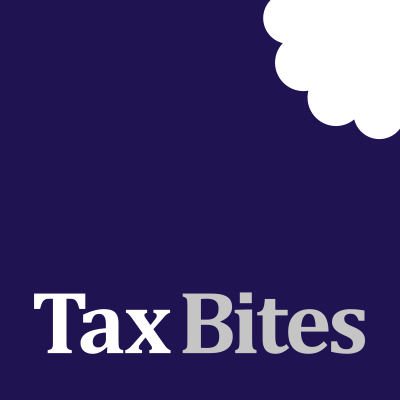
Tax and the cladding scandal
2nd July 2021
Posted in Articles, Stamp Duty, Stamp Duty Land Tax by Tom Minnikin
Background
Last month marked four years since the Grenfell Tower tragedy, where 72 people lost their lives. The disaster exposed the presence of serious fire safety issues caused by dangerous cladding and other defects in high rise residential buildings. Since then, problems have been uncovered with hundreds of other blocks.
One of the consequences of the “cladding scandal” is that many leaseholders (including the author) find themselves unable to sell their homes due to banks and building societies refusing to provide mortgages until the fire safety issues are fixed. Lenders generally, without exception, insist upon the building having an External Wall Survey form (‘EWS 1’), signed off with a satisfactory rating. Without one, the property becomes virtually unsellable.
These issues could take years to resolve. Whilst the Government has established a fund for cladding removal this does not cover all the building safety defects that are preventing the required EWS 1 rating being obtained. Leaseholders are being asked to foot the bill, with estimated costs often running into the tens of thousands of pounds. Prospective buyers are, unsurprisingly, being put off by these costs (which rest with the property), leaving flat owners trapped in their properties.
The issue
You might be wondering at this point what this has to do with tax. The issue is that some leaseholders, accepting the reality that their property can’t be sold, but who need to move (for example, due to having children, moving jobs etc.) are facing additional Stamp Duty Land Tax (‘SDLT’) as a result of the 3% surcharge which applies to second homes.
Whilst there is a exemption from the 3% surcharge where the individual is replacing their main residence, this relief only applies once the previous residence is sold. Furthermore, the rules impose a three-year time limit. Therefore, a leaseholder who acquires another property has to pay the 3% surcharge upfront, with the prospect that this won’t be recoverable if the old property cannot be sold in time.
This issue is potentially widespread, with a recent social media post on Manchester Cladiators (a group set up to represent leaseholders) attracting dozens of comments and reactions from affected individuals.
Exceptional circumstances
The Government last year inserted a clause into the rules to provide an extension to the three year deadline for “exceptional circumstances”. However, HMRC’s guidance refers only to “Government restrictions” (such as those imposed as a result of COVID-19) as an example of when this exemption will apply. Furthermore, anecdotal evidence suggests that HMRC, if asked for guidance, may be unwilling to provide a ruling until such a time as the original property has been sold.
This all provides little comfort to those affected by the cladding scandal, at a time when they are already facing undue stress and financial hardship.
Forbes Dawson view
Campaigners have accused Housing Minister, Robert Jenrick, of pitting leaseholders against taxpayers in the debate around who should pay to fix cladding problems. It is ironic, given this, that the tax system may actually be exacerbating the issue.
Therefore, along with Adam Sutton (one of our Tax Consultants who is also personally affected by the cladding scandal) we have written to both HMRC and the Government to highlight the problem with the 3% surcharge, and to plea for a guidance note to be issued urgently. We will update on any response received.



